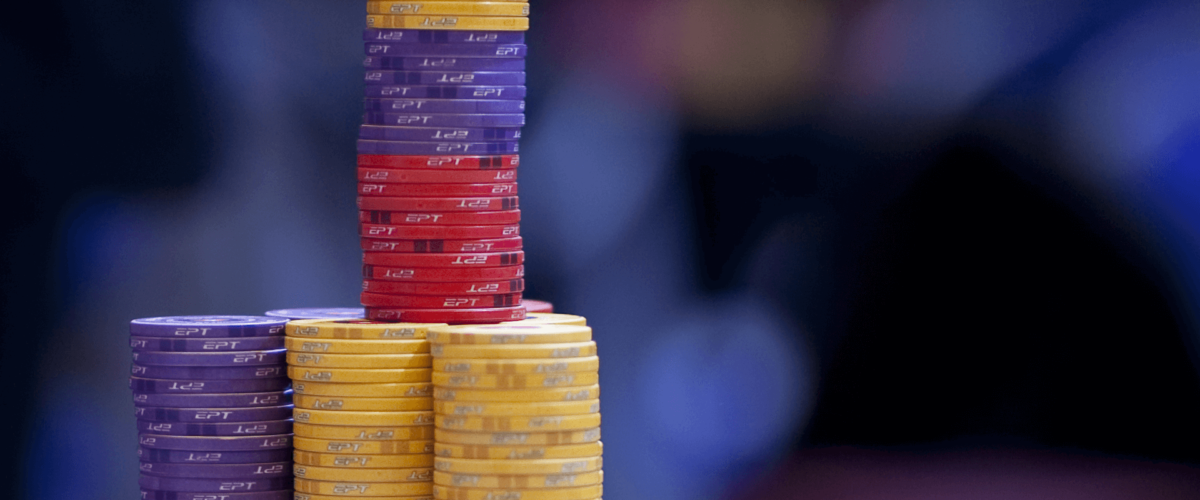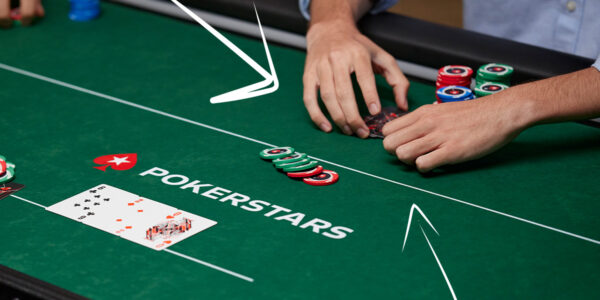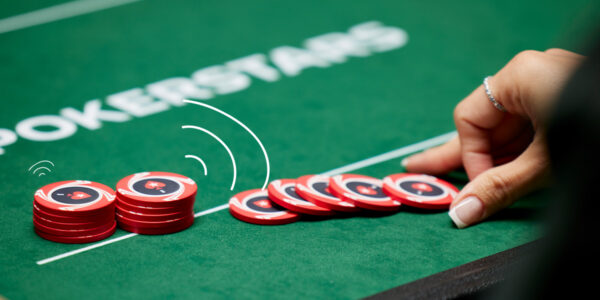Avoiding Breakeven Poker Headaches
A poker headache is any spot that baffles you and/or is likely to often lead to frustrating outcomes. Some poker headaches are completely unavoidable because it is profitable to get into that spot in the first place. For example, having c-bet the flop, you decide to fire again on the turn with an open-ended straight draw or maybe a flush draw. Sometimes this bet will get raised and it will be a headache. You might need to call for implied odds. You might need to simply fold. In any case, your expectation from this hand is now much lower than it was when you first made the bet. Nevertheless, semi-bluffing turns is very profitable against the average opponent due to the combination fold equity and potential to improve. You must make this bet and then deal with the consequences of being raised if it happens.
But when a spot is very likely to result in a poker headache, and it seems very close as to whether investing money will be profitable, it is almost certainly better not to invest.


Spiralling Negative Sessions
Some players play very well when variance is on their side and play quite well when it is neutral. But when the deck swings the other way and hits their opponents in the face, these players can break down and start haemorrhaging extra cash. If you are of this variety of player, it will be very profitable for you to avoid breakeven headache spots.
I have a student who can play some very good poker, but who is also capable of collapsing and having disastrous sessions when things go wrong. The other day he was dealt A♠ Q♣ in the HJ (Hi-Jack, meaning two seats from the Button) and was 3-Bet by a regular on the BU. This regular had thus far 3-Bet a few times and seemed to be of the more aggressive variety, but it was still early days. This is a situation where flatting is likely to be no better than breakeven and can quickly become a lot worse than this if post-flop situations are likely to be mishandled. 4-bet bluffing and folding are both likely to have a higher expectation and calling certainly generates a lot of post-flop headaches.
AQo is a hand that is in good shape vs. many of Villain’s lighter 3-Bets, but the problem is that it is only slightly ahead of many of these and is crushed by hands like AK and QQ+ which Villain will always 3-Bet. Furthermore, the positional disadvantage makes this spot very tricky to handle and the chances of winning a stack with this hand are marginal at best. On the other hand, it is very easy to get stacked here if we flop top pair and run into a dominating part of Villain’s uncapped range.
Hero opted to call here and then made a very dubious bluff post-flop for his stack. As this was a cash game, he simply continued the session but his lack of control on this occasion caused a storm of reckless play and the session quickly became a disaster.
The fact is that losing money in headache spots is far more likely to tilt us than losing money to coolers or suck-outs. The spot brings with it a decision-making anguish which adds fuel to the fire of variance. The culpability and uncertainty that follows a tricky big-losing hand can be hard to recover from, particularly for players who already have a temperamental mindset at the poker table.
Achieving a Flow State
A state of flow, known in the poker world as ‘playing you’re A-Game’ occurs when the mind is firing on all cylinders, intuition is working overtime, and choices seem to come naturally. This state is much easier to maintain when you do not put yourself in horribly uncomfortable break-even situations. When playing my A-Gam, I feel completely in the zone and have a relaxed sense of confidence. I remember that, sometimes, all it took lose this optimal mindset entirely was one disgusting spot of my own making. Losing a stack in a difficult situation that you could easily have avoided is a reliable way to plummet from you’re A-Game right down to C-Game.


Facing Maniacs
If an opponent is displaying maniacal tendencies, then you need to develop an all or nothing approach to continuing against his aggression. One of the worst mistakes you can make against an all-out-attacking opponent is to call one or two streets and then fold the next. You know that the aggression is likely coming regardless of which part of his range Villain is holding this time, so unless the board changes radically, do not invest money only to fold later. This pot is going to get exponentially bigger and you need to decide if you want to go down that rabbit hole immediately.
For example, let’s say that you c-bet a flop of 7♥ 4♥ 2♠ with A♦ 4♦ BU vs BB against such a maniac. He raises 4 times your bet and you know future aggression is coming. No doubt, your equity is okay right now against his range, but one problem for your hand is his lack of polarisation. Many opponents will only raise here with a polar range, meaning sets, overpairs, and bluffs, but this opponent will raise a lot of top pair and continue to overplay it on the next streets. This means that a typically great bluff-catcher like your hand, which blocks a set, is not such a great bluff catcher against this guy. The problem is that his range contains a great deal of 7x.
You have two choices here: call and continue to call bets on reasonable run-outs and fold. The former is high variance and probably only marginally profitable at best. Consider what your mindset will be like if you call down here and lose? How much will it impact your session? Your enjoyment of the game? How much money can you really make on average by calling the flop raise? This will depend on just how crazy this opponent is, but most likely, you won’t earn much over a large sample of this very spot occurring. If your session is likely to be affected in a negative way, maybe wait for a less marginal spot to invest. This one will certainly be a poker headache!
Summary
- Breakeven headache situations cause a lot of discomfort and don’t earn you much of a positive expectation. They can damage the way you play the rest of your session if they go badly.
- Avoiding investing money in uncomfortable pre-flop spots where you can often be dominated is a healthy practice.
- If you know a hand is going to be high variance and not very profitable, you can fold at the first decision-point to save a big headache.












